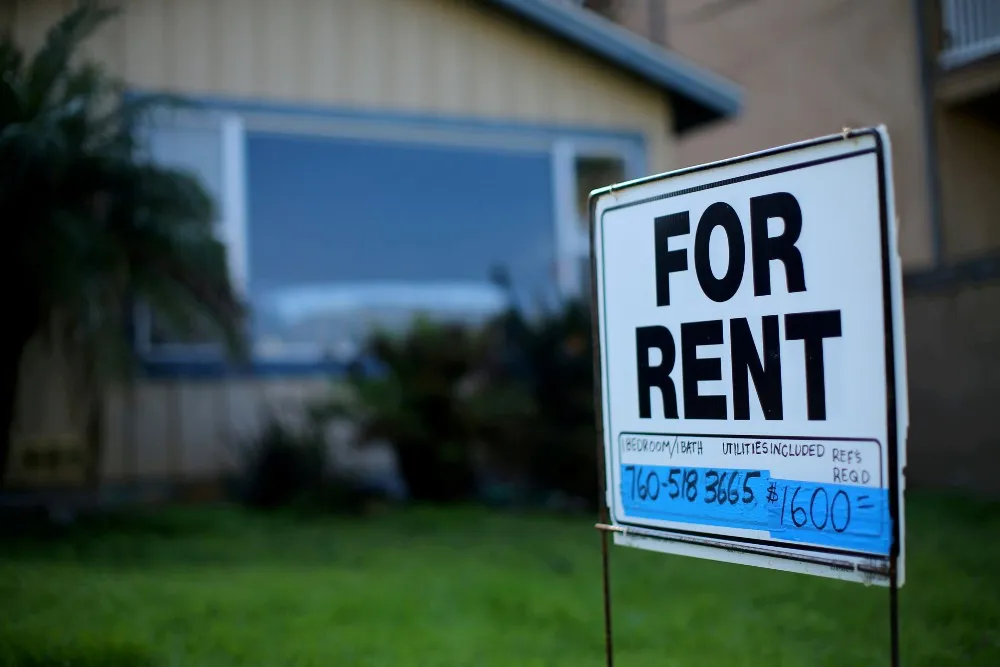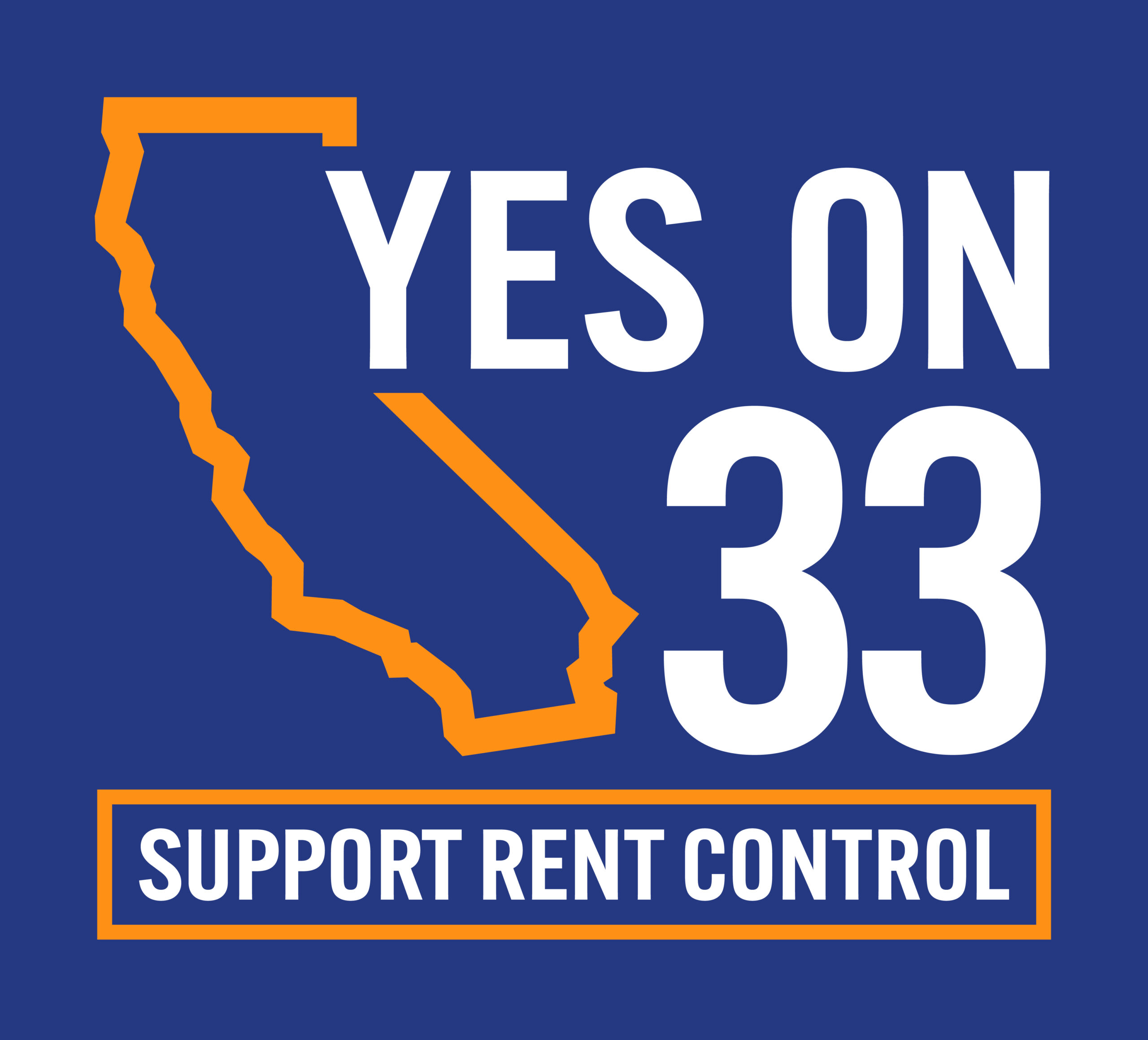
A home for rent in Southern California. REUTERS/Mike Blake
Two decades ago, could we have imagined that a Los Angeles resident working a full-time, minimum wage job would have to pay more than 100 percent of their income to afford an average apartment in the city?
Well, that is the place we find ourselves today. The minimum wage in LA is $16.78 an hour, or barely $2,900 before taxes per month. The average apartment in Los Angeles costs $2,719. That is rent slavery.
The low-wage employee must combine their income with another or double and triple up to have a decent place to live. Even then, how much will that worker have left for basic necessities such as food, utilities, transportation, a cell phone, or anything else? Nothing.
Matters are even worse for someone on disability or Social Security who is earning half as much as the minimum wage worker. How are they to survive in this city and many others? It is not sustainable to have basic housing beyond the reach of a large and growing percentage of our people. Nor is it humane.
In LA the median household income is $76,135. The gap between the bottom and top is immense. If you are at or above the average, you may be paying too much for a place to live, but you are not suffering. However, at the low end of the income scale, life is exceedingly tough with no light at the end of the proverbial tunnel. That’s why it is so crucial to focus on the lowest end of the income scale — the people who are priced out of living anywhere in LA.
Whether through rent control, new construction, or the adaptive reuse of older buildings, Californians need to help the people who need help the most. Fever dreams about sweeping homeless people up and shipping them somewhere else will not work since more and more people will become homeless or extremely rent-burdened if we don’t attack the root causes of the affordable housing crisis. To put it simply, the rent is too high because too many people’s income is too low.
If developers are required to provide any affordable housing in their projects, it amounts to a pittance — five to 10 percent. This means that for every 100 luxury units produced, only five to 10 go to a person truly in need. Yet the need is not at the top.
There has been a building boom at the high end in LA but with growing vacancy rates in luxury buildings. The law of supply and demand tells us that if we produce scads of Ferraris, it will not alleviate the need of the person who can only afford a Kia. High-end apartments do not magically trickle down to elderly disabled people. They remain vacant until real estate speculators find more high-end tenants or sell them off.
There is a lack of seriousness on the part of the government in addressing the affordable housing crisis for one main reason: Politicians are too busy placating Big Real Estate to truly advocate for renters in need. That can change this November in California when the Yes on 33 Act goes before the voters to expand rent control statewide.
While corporate landlords and their politician lackeys will do everything in their power to kill the Yes on 33 Act and any other significant pro-tenant legislation, the answer is in the people’s hands. We can stop the suffering and help keep people in their homes.
